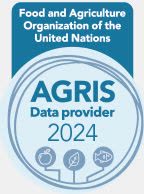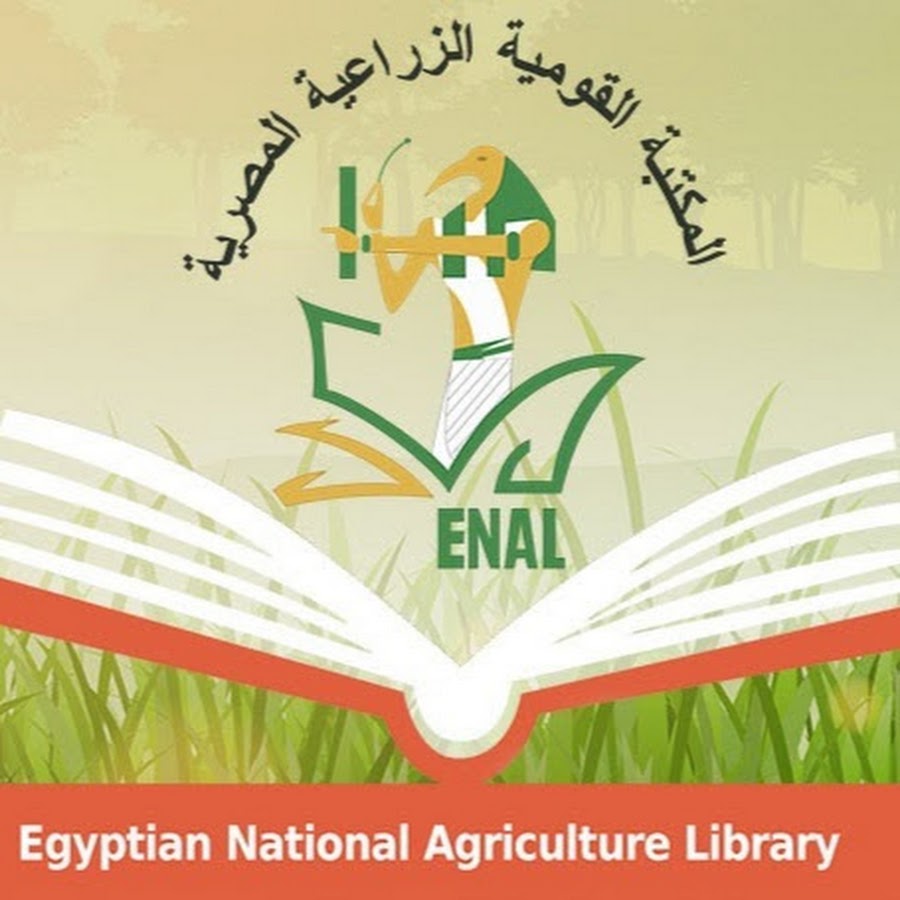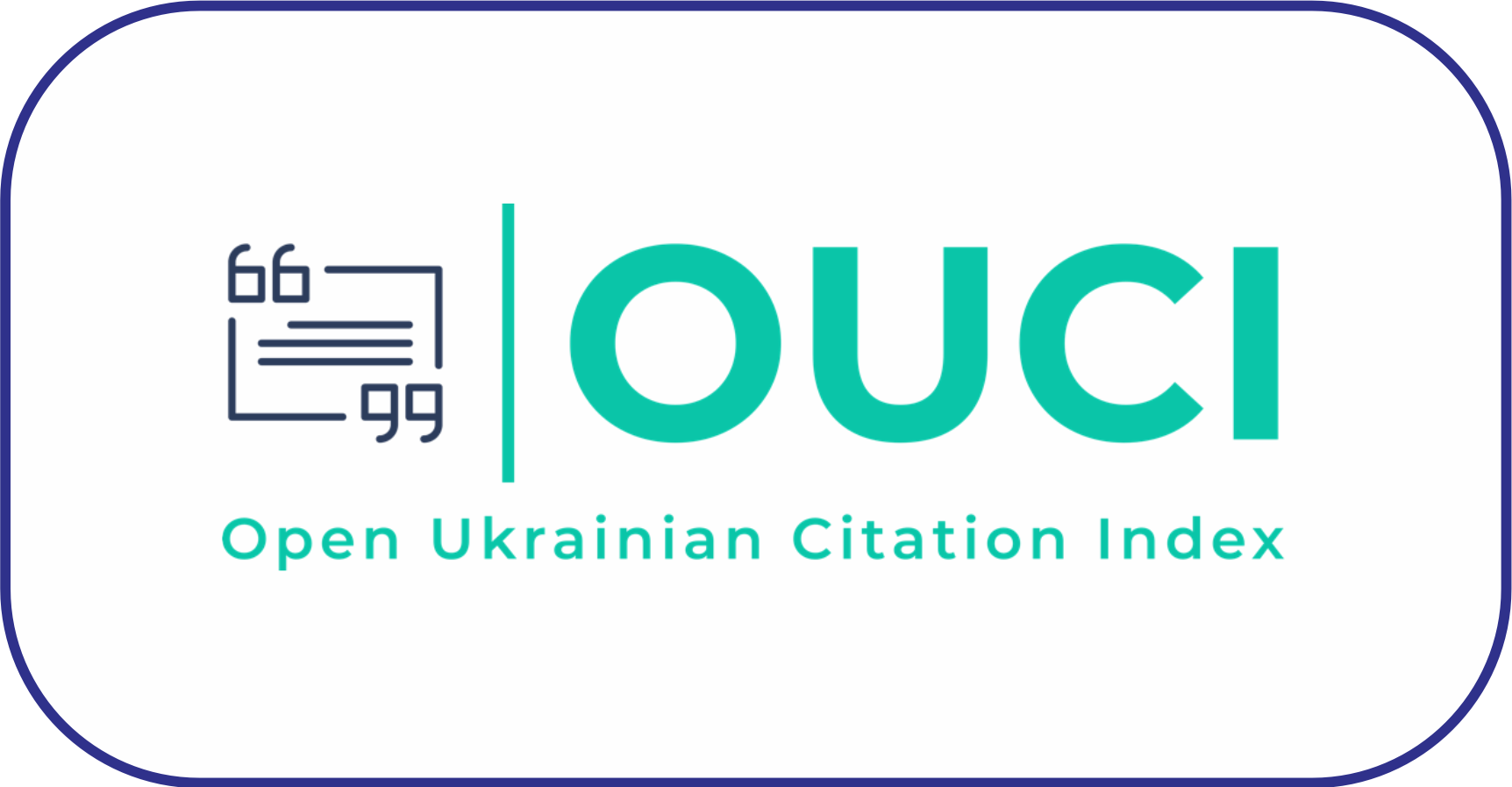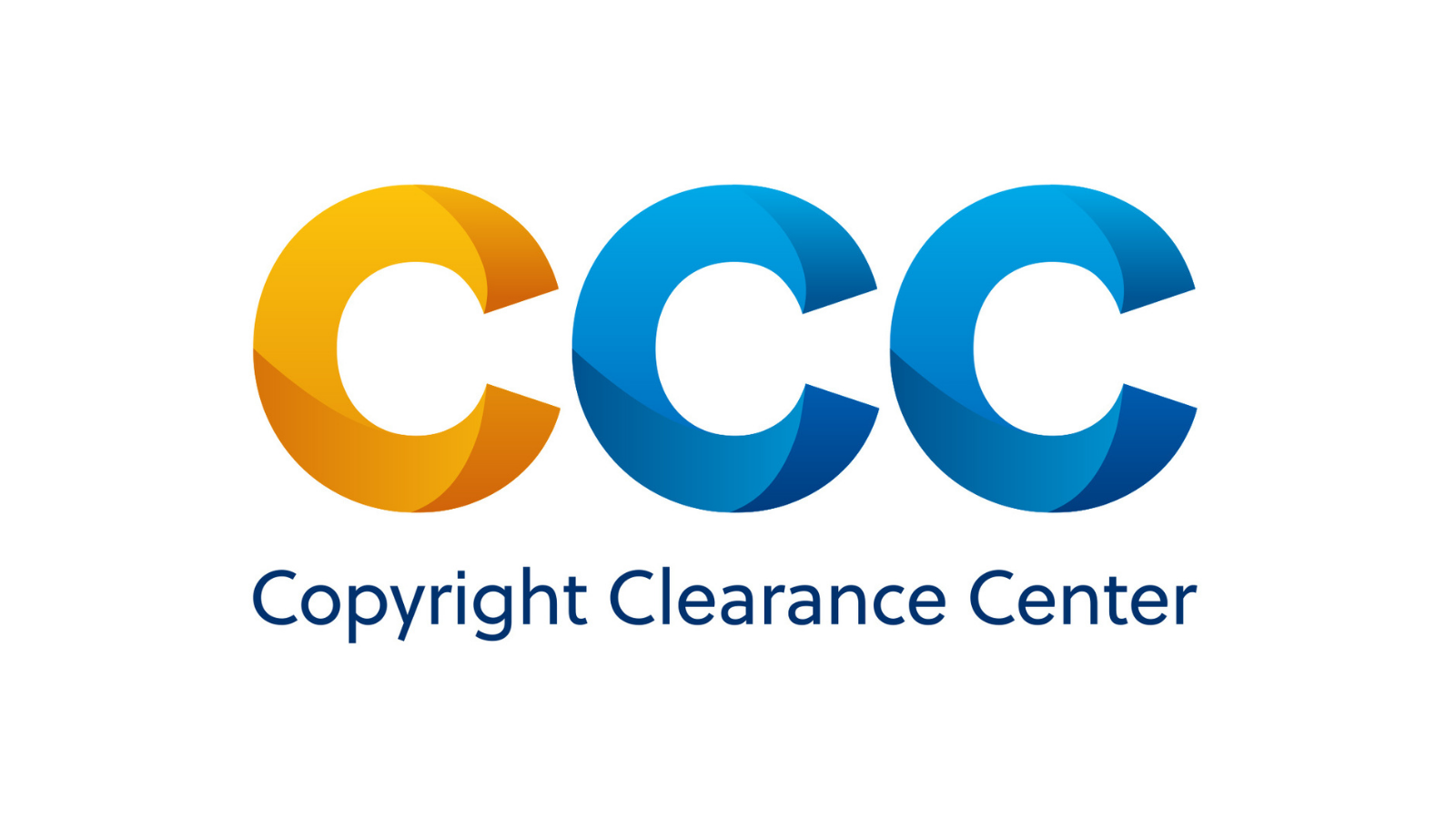Optimization of factors affecting callus-based gene transformation by Agrobacterium tumefaciens in wheat (Triticum aestivum L.)
DOI:
https://doi.org/10.63072/aab.20004Keywords:
Callus, Cefotaxime, Cocultivation, Hygromycin, Infection, Selection, Transformation, WheatAbstract
Callus based gene transformation is a method used to modify and improve agronomic traits of crops. There are various factors which affect the gene transformation process. The most important factors are cultivar, age of callus, growth regulator, optical density of Agrobacterium culture, acetosyringone concentration, infection and cocultivation time, cefotaxime and hygromycin concentration etc in pre-selection and selection media. Therefore, for gene transformation of each crop, these factors must be optimized for successful and maximum gene transformation. This study was planned to optimize these factors for transformation of DREB1A gene via Agrobacterium EHA101 strain, and plasmid containing hygromycin resistance gene. The calli of four wheat cultivars were used. The results showed that 50 mg/L of hygromycin was optimized as a lethal dose for selection of transformed calli. The other parameters like optical density 0.8, and 300 μM of acetosyrinogne were optimized to enhance the process of infection and transfer of gene. 5 minutes infection time of Agrobacterium to wheat calli and 48-hour cocultivation time was optimized for each cultivar of wheat. 500 mg/L cefotaxime was optimized to eliminate Agrobacterium after cocultivation. Overall, the callus of Lasani-08 showed maximum transformation out of four wheat cultivars based on hyrgromycin resistance. This optimized protocol will be helpful in future for transfer of other genes in wheat cultivars. © 2020 The Author(s)
Downloads
Published
How to Cite
Issue
Section
License
Copyright (c) 2020 Advances in Agriculture and Biology

This work is licensed under a Creative Commons Attribution-NonCommercial 4.0 International License.




























